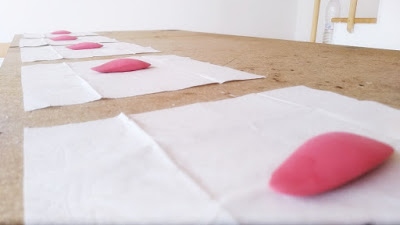By left hand fingertips
Official and unofficial projects: Mart, Rovereto (2009); Whitney Biennial, New York (2010); Biennale di Venezia (2013); Abbazia di Sénanque (2013); Gamec di Bergamo (2014); Boros Collection, Berlino (2015); Serpentine Gallery, Londra (2015); Fondazione Prada, Milano (2016); Hotel Helvetia, Porretta Terme (2016); Quirinale, Roma (2017); SMACH 2017, Val Badia (2017); New Museum, New York, (2017); Biennale di Venezia (2017); Tate Modern, Londra (2017); National Gallery of Scotland (2018); Centrale Fies/ Manifesta 12, 7800 Project (2018); Fondazione Sandretto Re Rebaudengo, #OccupySandretto (2018); ICA Milano (2019); Venice Biennale (2019); Gagosian Gallery Rome (2019); ; Prada Foundation Venice (2019); My Arbor My Art, MyArbor (2019); Spaa, Galleria Enrico Astuni, Bologna 2020; San Gimignano Project (2020); MoMA New York 2020; Bourse de Commerce, Parigi 2021.
> CRITICISM, THE FIGHT, THE FUTURE: LUCA ROSSI
In the Italian contemporary art scene there is a figure of considerable interest. Luca Rossi–artist/ collective, critic, curator, and blogger–is a controversial personality who works in anonymity, as some kind of Anonymous of the Art System. In Luca Rossi’s philosophy, the ego no longer exists because anyone can be Luca Rossi, at the same time that the “critical process”, the virtual space of the Internet, and the real context no longer have boundaries and blend into one.
Today individuals experience a sort of “non-experience” in the sense that they spend most of their time surfing the “network”, producing a “new memory-without memory” or a “passive and a-critical assimilation” into the system. Luca Rossi knows this well. He constantly reminds us of the history of art and ideas, of our past, of what it means to be critical and active, struggling to preserve one’s own authenticity and originality in the great McDonald that is our contemporary world.
Many curators and artists, both in Italy and Europe, have been following Luca’s work with great excitement. By now Luca is considered the only critical voice that “stands out” in the current Italian landscape.It is worrisome that Luca’s work has yet to be recognized by institutions and organizations, despite receiving the acknowledgement of the public and many curators and artists. This says a lot about what the value that the Italian system places on the “real artist”. The Italian contemporary landscape has been dragging itself down for more than 10 years, producing artists who “copy and paste”, endless repetitions of projects signed by the same names, and decreeing the end of contemporary art.
TAO
an action (to photo an empty display case), photographic documentation, Luca Rossi 2013.

















